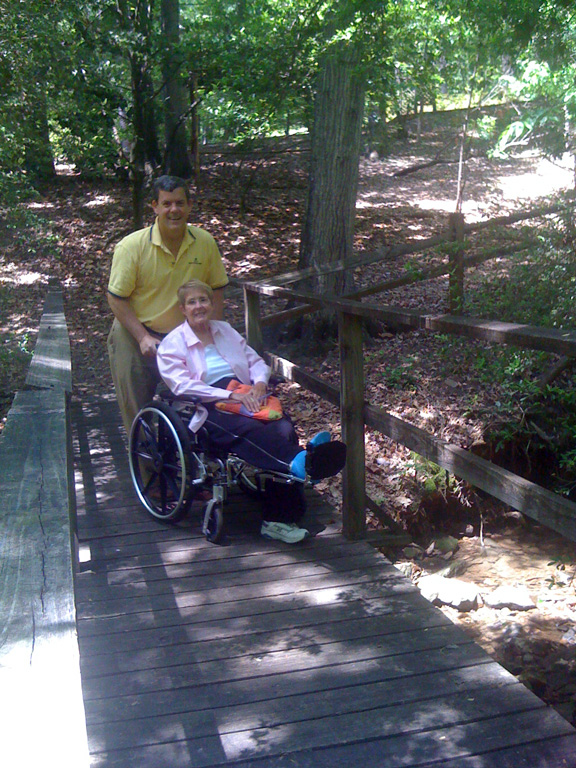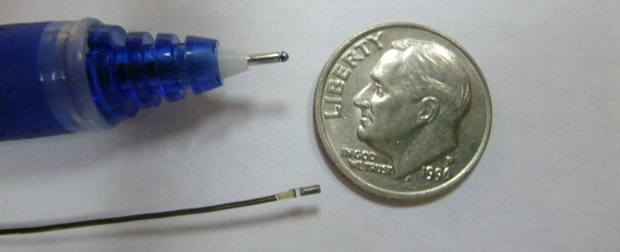"Hello, Doctor Johnson, this is
Madam Secretary."
"Nice to hear from you Kathy. What can I do for you?"
"I enjoyed our last get-together, Dr. Johnson. May I call you William?"
"Please do."
"Thank you. You know, William, we've appreciated your contributions to our various health care initiatives over the many years and we've reviewed your public policy statements on the cost of Medicare and the waste inherent to the system. Brilliant work, really. Seeing that you're a tenured professor at the University of Greatness with such national prominence we thought we could turn to someone with such an impressive set of credentials and publications. Add to that, your contributions to the President's campaign haven't gone unnoticed."
"Thank you, Madam Secretary."
"William, let me cut to the chase: we're in need of like-minded individuals like you that see the value in preserving Medicare as we know it. Thanks to your efforts in the past, the President and I thought you'd be a perfect candidate to sit on our Independent Payment Advisory Board for the next nine years to help guide us to better health care with lower costs."
"Seriously? Me? Oh. My. Goodness!"
"Yes, William, that's right. And this position, as you and I both know, will make your tenured position at the University of Greatness look like relative chump change. Press releases, life-long consultancies, the works! And your salary? How does a million bucks a year with annual cost-of-living adjustments, coverage of your travel and moving expenses, and guaranteed unrestricted health care for you and your family for the rest of your lives grab you?"
"Seriously, Kathy? I had no idea that the conversation that last cocktail party would come to this! I'm looking forward to shifting our emphasis from providing so many options to people that are so expensive to standardizing care. Like all those drug-eluting stents in cardiology when bare metal ones can do the same job..."
"It'll be your chance to shine, William. And best of all? No. One. Can. Touch. You. No independent or judicial reviews. You won't have to take any more crap from anyone! And Congress? If they fail to act on any of your recommendations, bang-oh, they're enacted. (Snickering now) When was the last time you saw Congress agree on anything? (Laughing together) That, sir, is power personified! We're making this offer to only fifteen people, William, and with all of your impressive credentials, you are one of 'em!"
"But Madam Secretary, to be fair, I don't know
anything about most of the other
specialty fields out there. I'm just a pediatrician - and one that hasn't been practicing clinical medicine for the past 10 years... What will my colleagues say when I take a position on stents? I mean, I respect doctor Frigamafratz's position on the need for less stent thrombosis..."
"William, don't worry, you can still make them part of a special 'Presidential Advisory Panel.' You know the drill: put 'em on a panel and let him feel all important - like he's part of the solution! But it will still be
you making the call! Get it? And as far as the other regular cardiologists out there are concerned, how are they going to compete with your presence next to a podium with an American flag and the symbol of Asclepius emblazoned behind you on TV?"
"Heh. Yeah. I love the way you think, Kath! What was I thinking? Very efficient, really. A fantastic board with
national impact almost instantly! Amazing. When can I start?"
-Wes





